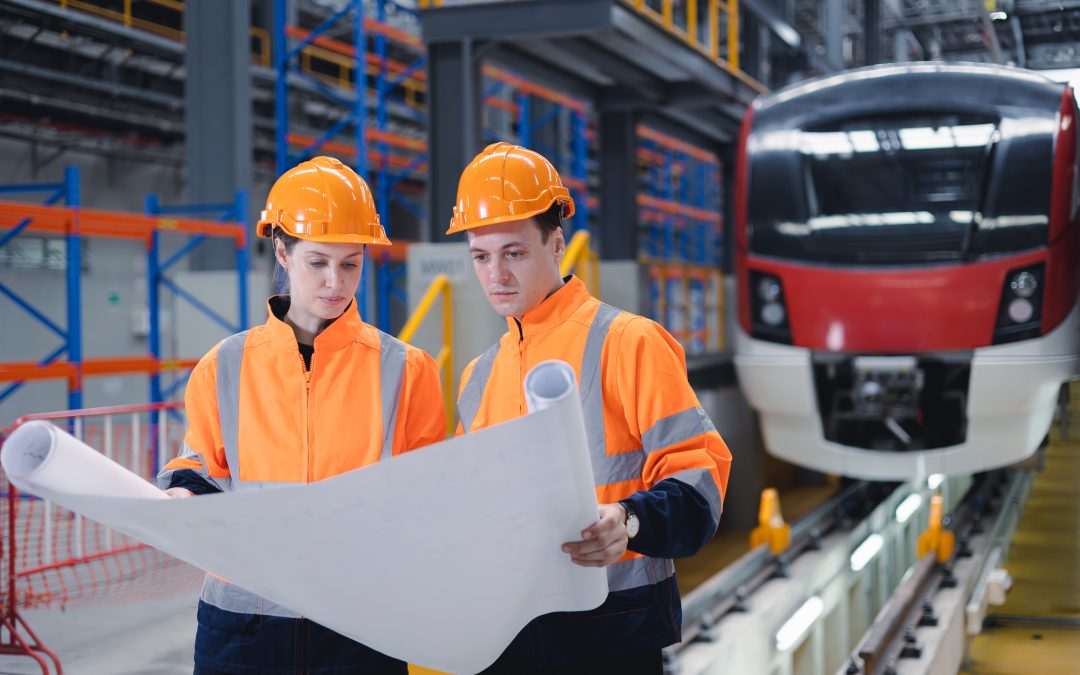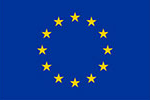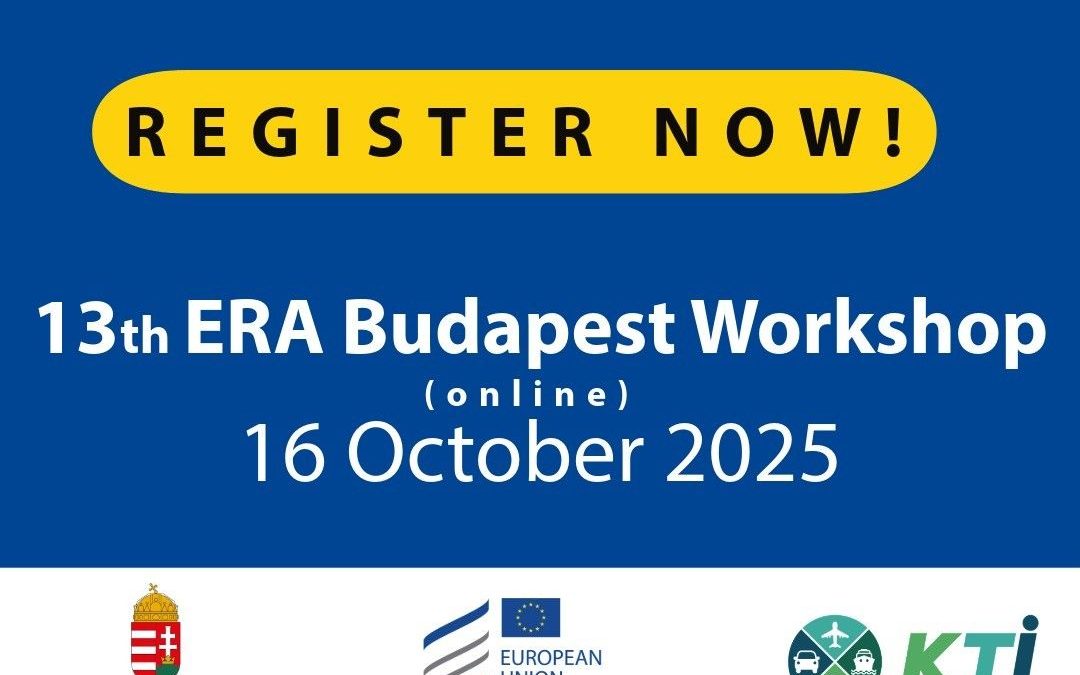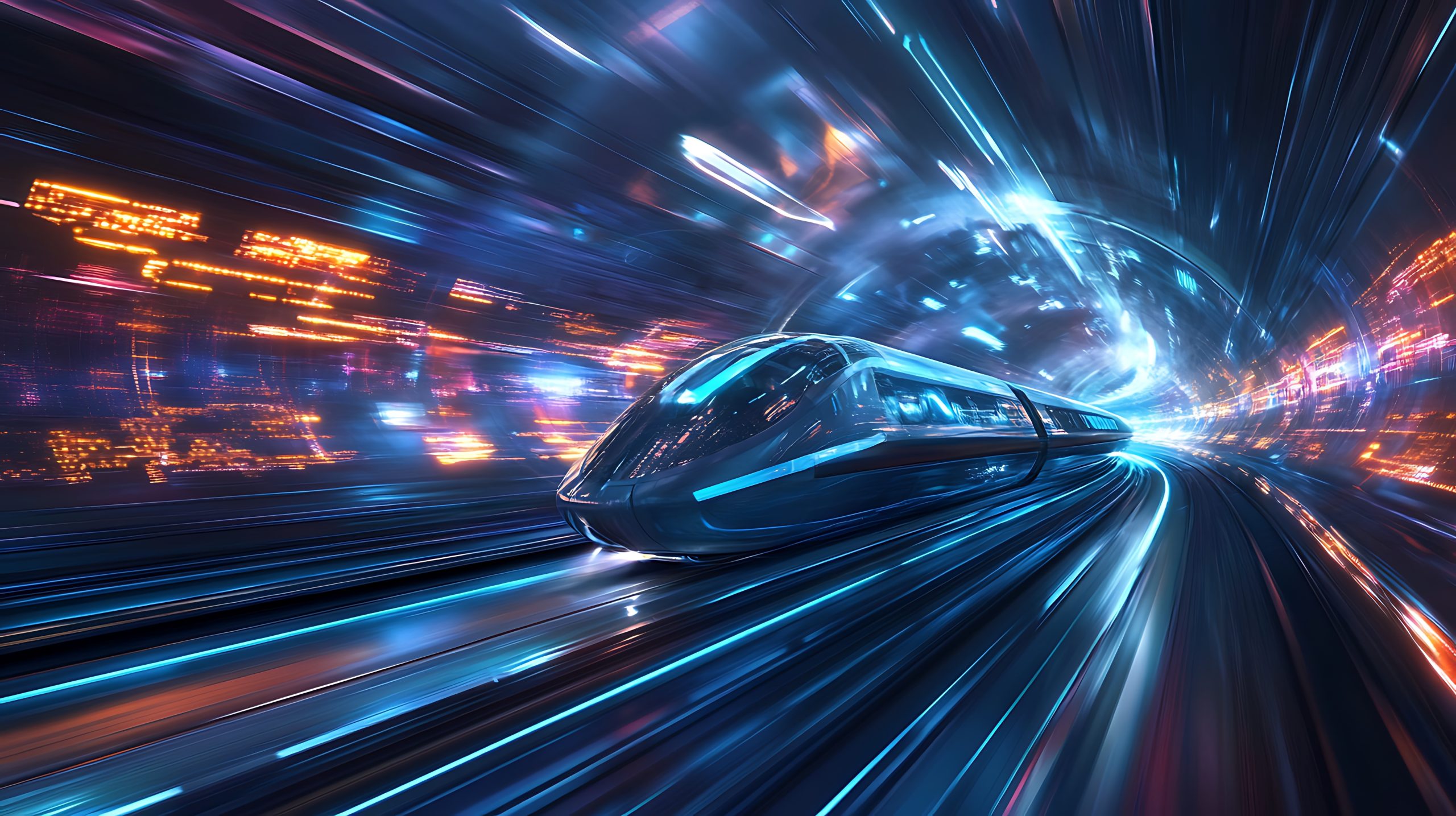From technical milestones to partnership highlights, the Flagship and Exploratory Projects continue to drive forward...

Piecing together the integrated railway puzzle
Building a high capacity, integrated European railway network connected to different systems is like putting together a complex jigsaw puzzle with many different pieces. “From automation to operations, capacity building to couplings and crossings, freight trains to...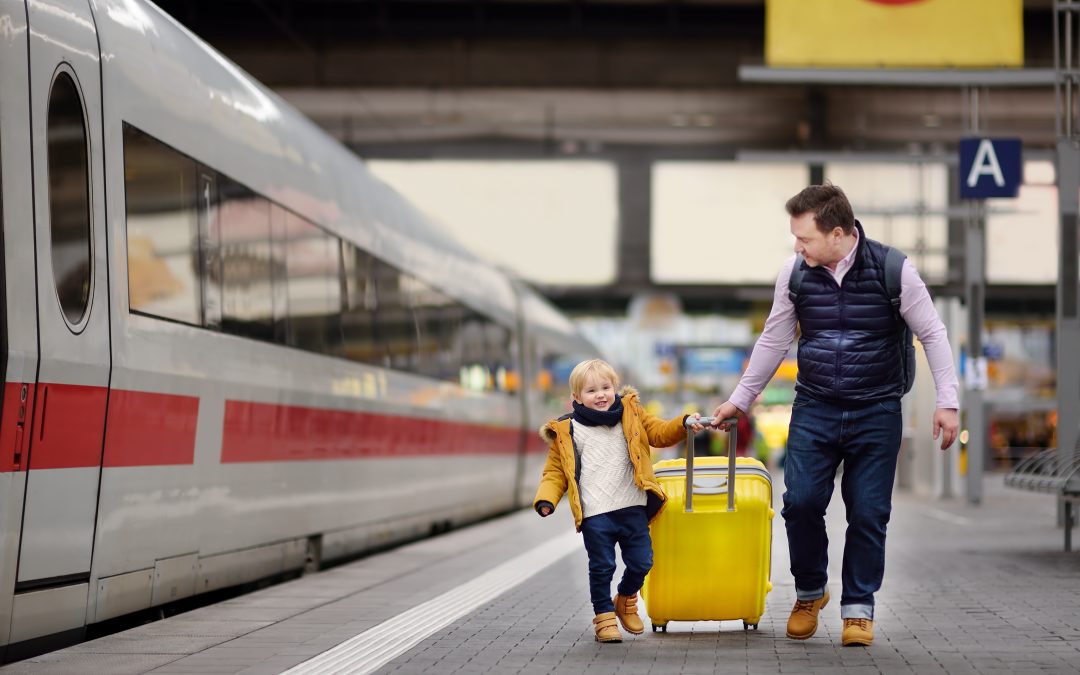
EU-Rail November 2024 Newsletter
Europe’s Rail November 2024 newsletter is now live, packed with the latest insights from the European rail research and innovation landscape. This month’s highlight is the EU-Rail General Assembly, held on 21-22 November, where stakeholders reviewed a year of...
Europe’s Rail General Assembly 2024
On 21-22 November, the 2024 General Assembly of Europe’s Rail took place, offering an opportunity to reflect on the achievements of the past year and set new objectives for the year ahead. On the first day, our stakeholders met for a series of strategic reports,...
Results Published in November 2024
Description of metrics and methodology used for assessment of Key Performance Indicator (KPI) achievements and impact Nowadays, rail traffic is managed at national (or even regional) scales, with little digitisation and integration at the European level. The Flagship...
EU-Rail October 2024 Newsletter: Strengthening Partnerships and Accelerating Innovation in European Rail
EU-Rail’s October 2024 newsletter has just been released, presenting updates in European rail research, policy, and collaboration. A central focus is the Call for Associated Members, an opportunity for new partners to engage in shaping rail innovation for...